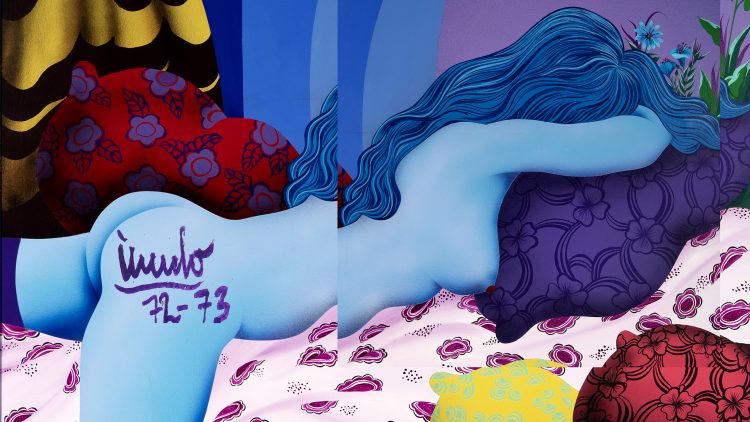Eduardo Úrculo: pop sensuality
A decisive creator in the configuration of the Spanish avant-garde, Eduardo Úrculo reached the summit of the so-called new figuration, thanks to pop art, a style in which his work manifested itself with a more daring and personal language.
After some beginnings dominated by the social expressionism of denunciation, Úrculo suffered a creative crisis that led him in 1966 to settle in the mecca of the hippy movement that at that time was Ibiza, an island where he undertook a new personal and creative stage that would mark a point of inflection and rupture with his previous work. A year later, during a trip to Stockholm, he discovered what he had been looking for so hard. The anthological exhibition where he could see the works of Warhol, Linchestein and Rauschenberg meant the beginning of his idyll with the postulates of pop art, revealing through him a neofiguration in which he could channel his most vital, playful, and ironic facet.

